15 Creative Ways to Get More Leads for Your Agency
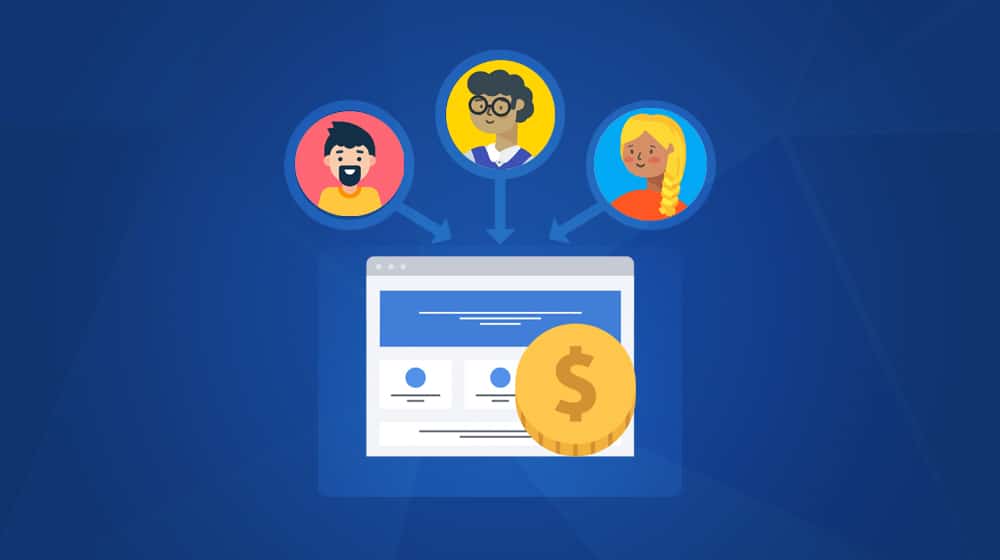
Agencies live and die by their lead generation, my own included. The way you can bring in new potential customers, keep them in your orbit, and eventually convert them determines your agency's eventual success or failure.
There are a ton of different lead generation strategies. Some are easy and obvious (or boring), like paying for ads. Some are a lot more interesting and creative.
I will dig into that second style of lead generation techniques today: scrappy, out-of-the-box marketing strategies.
Here's a list of my top 15 methods to generate more qualified leads, most of which I use for my agency:
15: Create a Useful Free Tool
Everyone likes an excellent free tool. Here's an example. SEOMofo developed a free tool to show you what your site would look like in Google SERPs so that you can optimize your presence. They layered it with a few ads and a CTA for their own business, and I'm sure it generated more than a few leads for them.
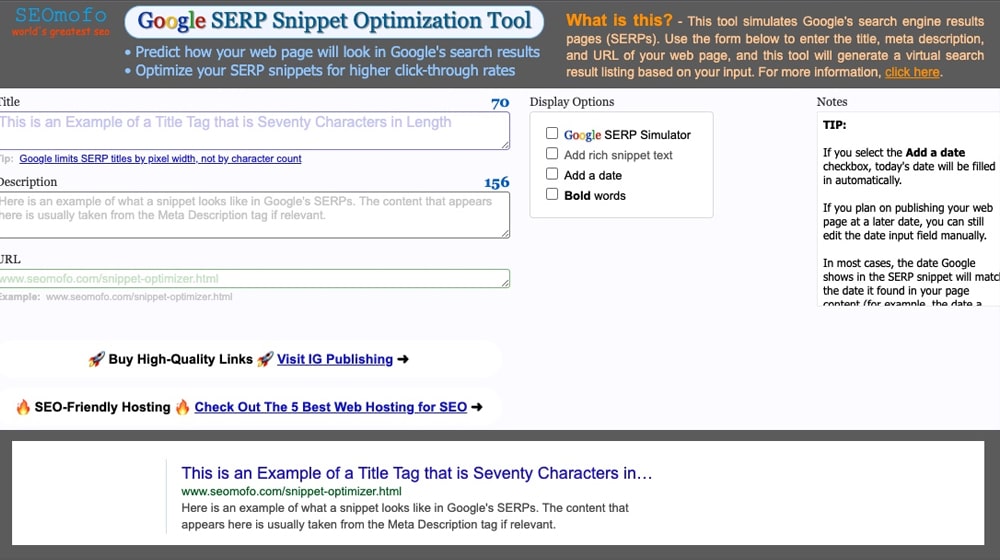
More importantly, the tool was recently purchased by an even more noteworthy company, HigherVisibility, for use as a lead generation tool of their own. They've redesigned it and converted it into a landing page.
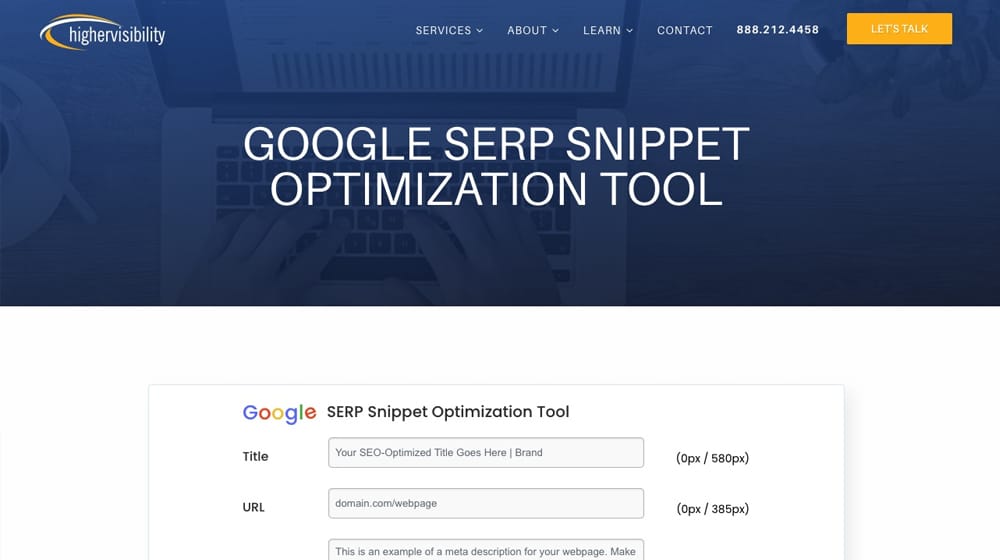
Neil Patel did something similar by acquiring Ubersuggest.
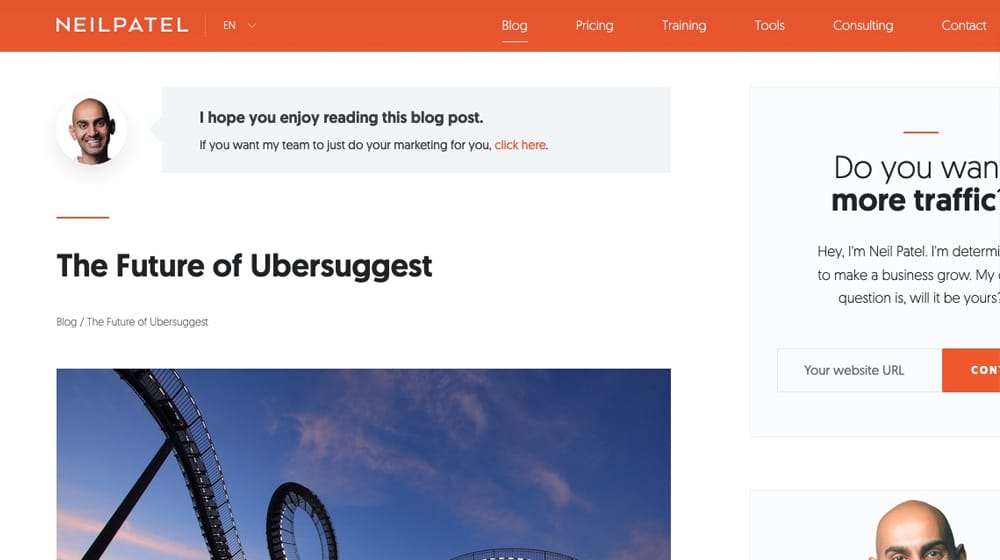
So, if you have an idea for a free tool, you can develop it or pay to have it created for you. If you don't have an idea, or you have an idea, but it's already been done, and you can't think of a unique value proposition for it, you can always see if you can buy the tool as it currently exists. And, of course, not only does the tool you provide generate leads for you, it has the potential to be purchased later if you need the cash infusion/backlink/value that sale generates.
If you don't want to build a new app, you could always do what HigherVisibility and Neil Patel did and buy an existing website. I've done this several times; some of my best purchases ended up selling their website to me for a fraction of what I thought they would charge. You'll never know unless you ask.
Free tools are not just a powerful magnet for leads but also one of the most effective backlink generation tactics. Tools tend to attract links from massive websites and are more effective and valuable than an infographic while achieving a similar result.
14: Reduce Lead Friction
This one is a little less lead generation and a little more conversion rate optimization, but I'm still listing it just because of how important it is.
Every field, page, button, and panel you use as part of your lead generation process is a potential roadblock in your sales funnel. Every piece of information you ask for is a chance for the potential client to say "eh, never mind, actually" and stop. People don't like filling out 50 fields or spending ten minutes filling out a form. Less is usually more.
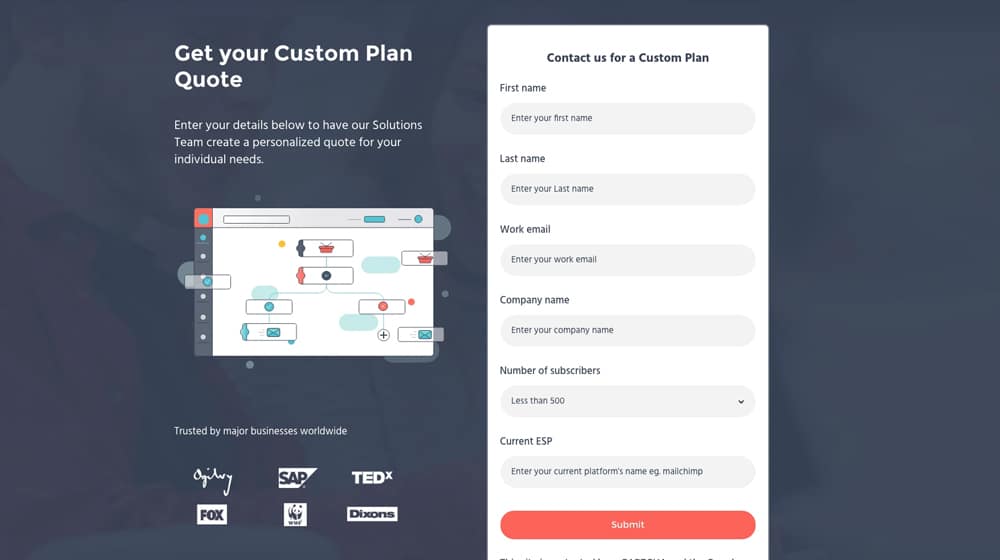
For example, take my contact form. I have eleven different fields to fill out, though four are optional. Honestly, I could probably drop a couple of them and still be fine, but you'll notice that I don't request a ton of information, just the basics. This strategy encourages people to use the faster process to schedule a call but still keep the form option available.
The trick, either way, is to test. Add and remove fields, figure out what you need from a lead and optional or discussed later, and optimize the process. Don't forget that some friction can be good if it focuses on qualified leads and suppresses low-quality leads. For example, my monthly budget field starting at $2,000 eliminates queries from people who are too small or who aren't ready yet. You don't want your sales team to be bogged down by talking with disinterested people. On the other hand, if you're using a PPC campaign to generate clicks to a landing page, friction can be a killer. So, factor in both conversion rates and the value of those conversions.
13: Attend Speaking Events
This one was a bit more effective before the pandemic and will be better post-pandemic, so you may want to put it on the back burner for a while longer.
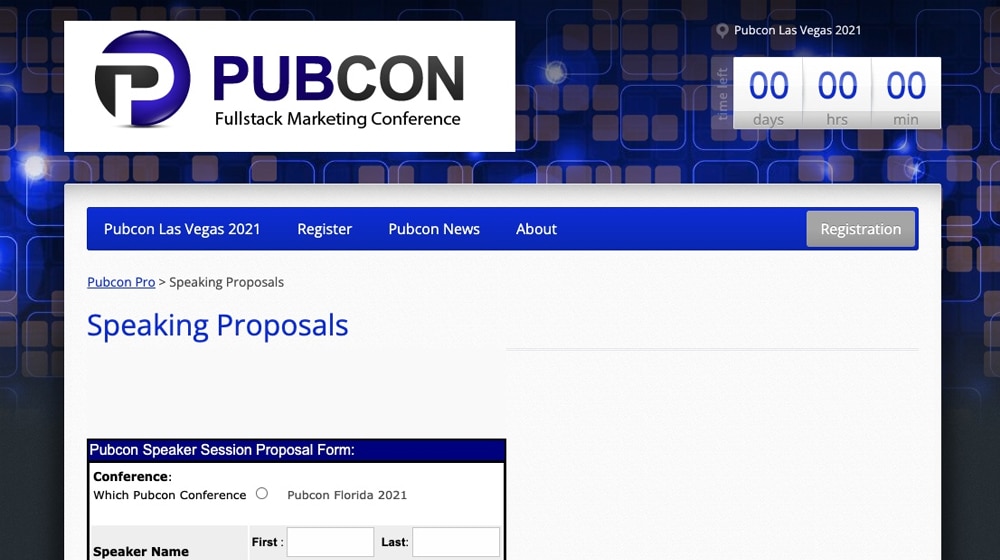
Attend industry and business events. You get a lot out of them if you can swing it.
- You meet people who can become anything from friends to business partners to leads to referrers.
- You can watch speeches and learn new and exciting things about your industry.
- You can build connections you can use to become a speaker yourself in the future, which further positions you as a thought leader and makes people come to you.
The trick is attending the right kinds of events. I don't know that I'd want to participate in a content marketing summit as a lead generation tool since most of the other people attending that kind of event are SEO experts like me, who also have digital marketing agencies. Still, it can be valuable in different ways. I frequently visit PubCon, Startup Grind, and Social Media Week conferences, and I'm looking forward to more speaking engagements as well.
12: Produce a Webinar
Webinars can be an excellent source of leads, but you need to put the time and energy into developing them. The barrier to entry is so low these days that practically everyone is running webinars of their own. That means most people have a higher bar for quality than ever before, so your webinar needs to be top-notch if you want to attract leads.

Neil Patel has a great guide on making a high-quality webinar, which you can find here. Follow his process from start to finish, and you'll be in a great place to use webinars for lead generation moving forward.
11: Implement a Customer Referral Program
Many businesses already know that the best source of leads is their existing customers. People talk to one another, and they socialize with others like themselves. Small business owners have connections with other small business owners and communities of like-minded people.

For example, if you were to join a small business Facebook group and pitch your marketing agency, you're more than likely going to get blocked for advertising. But, if one of your customers does the same thing, it's an organic recommendation and can generate some potential leads. It's a difference in relative positions and trust.
Luckily, it's pretty easy to set up a referral program. You can do it informally (with a field during sign-up asking who referred them) or formally (with a software and affiliate code system), and either one can work.
10: Offer White Label Service
For those who don't know, a "white-label" service means providing your service for others to re-sell as if it was their own. For example, if a marketing agency came to me with their client list and asked me to do content marketing for them, white-label, I could; I'd get the extra work and the extra clients without the direct connection.

Sometimes this is a good deal, and other times it ends up hampering you. A lot of it depends on whether you're providing a customized service or a tool. I have a more challenging time offering a white-label service because I take a lot of time speaking directly to clients and customizing what I do for them. Meanwhile, a tool-based service like White Shark is a lot easier to do with less personal effort and engagement.
9: Perform Targeted Manual Outreach
There's a fine line between outreach and spam.
1. To perform outreach, you need to know who your clients are. Figure out what they have in common, like business size, industry, focus, and so on. Then, look for similar businesses. Look over what those businesses are doing with their marketing.
2. The goal is to see whether or not you can pitch yourself as an upgrade over what they're doing. This step is the "why"; why should the company pay attention to you? Why is your message any different than the hundreds they receive?
3. Then, drop an email to the most qualified companies, or try giving them a phone call (this is the "how").
I've worked at agencies that took this to the extreme and would pick out 10 to 20 "dream" clients and send them a generous gift basket or set up a free party for them. We eventually landed a new client with this strategy, which ended up being worth it. This strategy takes the "how" part to the extreme. Sending a gift will attract way more attention than sending them a spammy email or hammering their phone number.
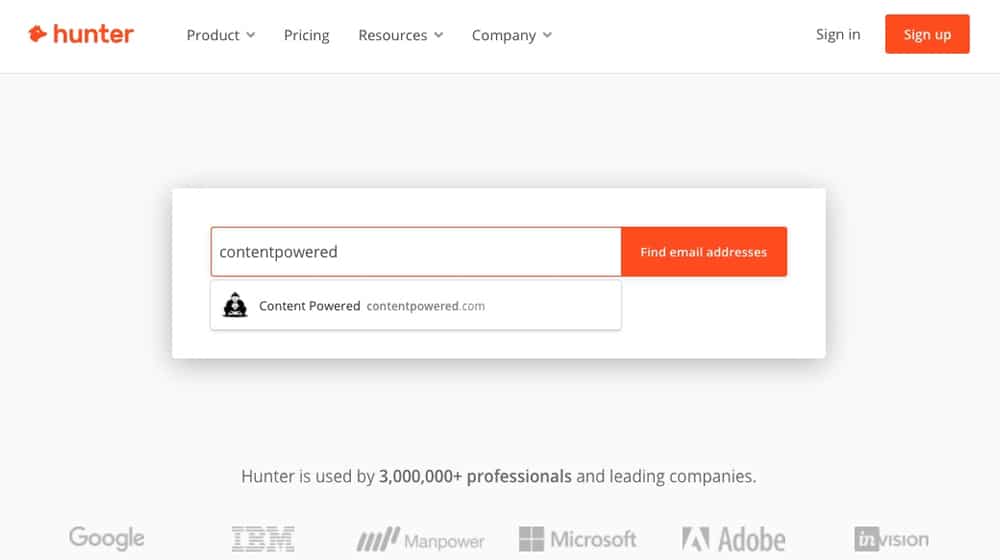
I like Hunter.io for the outreach part of the process. It's an excellent tool for tracking down the contact information for relevant people, which you can then use for manual outreach or as an outreach tool. You can even pay and train a virtual assistant to do the outreach on your behalf.
8: Create an On-Topic Video Series
Video marketing is gearing up to be the Next Big Thing, which is incredible given how big it already is. Producing videos is getting easier every year, and it's also getting easier to find people with the talent necessary to produce high-quality videos.
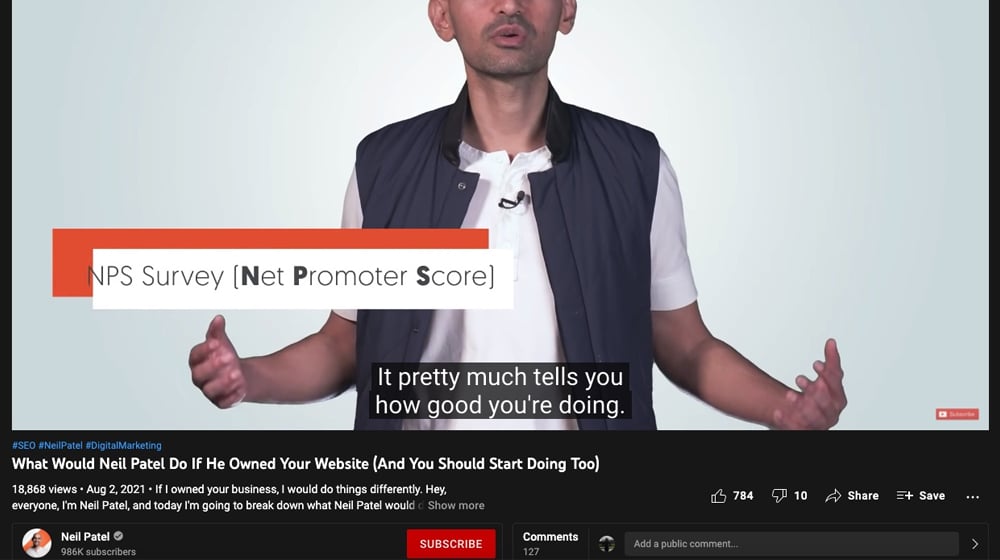
Of course, this also means competition is fierce. You need to invest a lot into creating high-quality videos if you want to rock it. I recommend highly detailed, on-topic, in-depth analyses and studies on your industry, the kind of stuff that sticks around as evergreen for years. It's a lot harder and more work to do time-sensitive news reporting or commentary on current events.
7: Create a Relevant Podcast
People use "podcasts" to refer to two different things these days.
The first is an audio version of your blog posts and website content. This kind of "podcast" essentially acts as another way to promote your content, but it's not as unique or exciting. The second kind is a particular form of content where you produce scripted or semi-scripted discussions about your topic, usually with guest experts, guided topics, and so on. For example, Neil Patel and Eric Siu run Marketing School, generating many leads for Neil's businesses.
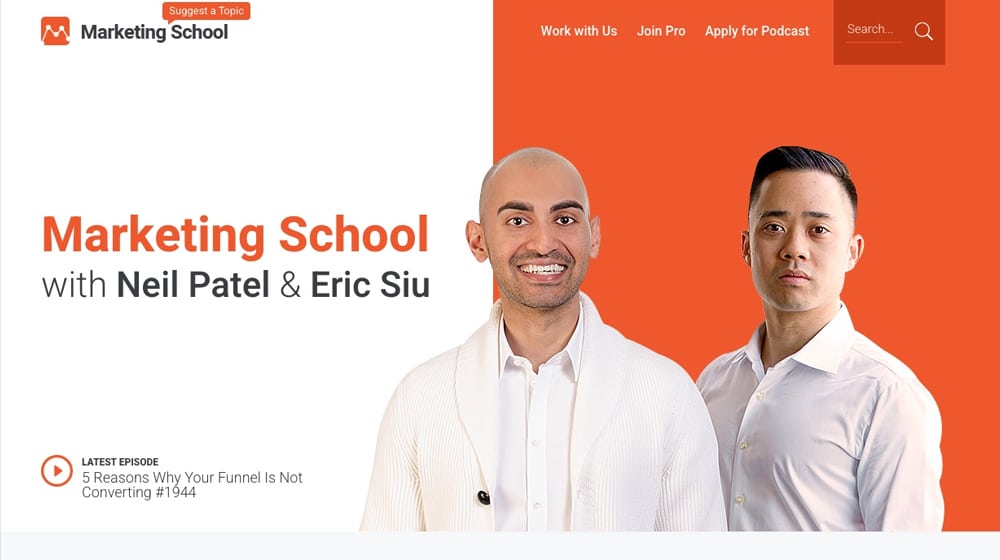
The second kind of podcast is by far the better kind, but it takes a lot more work, a lot more equipment, and more time. Building a podcast works to develop your web presence, your thought leadership and authority, and your core business, but it needs to be done right, or it won't work for you at all.
6: Network on LinkedIn
Years ago, I was pretty down on LinkedIn. Back then, it was a closed loop of tech people cycling between Silicon Valley businesses, and it didn't have a lot to offer people who weren't one of those two groups of people. Over the last half a decade or so, though, it has gotten a lot better for more general-use marketing purposes.
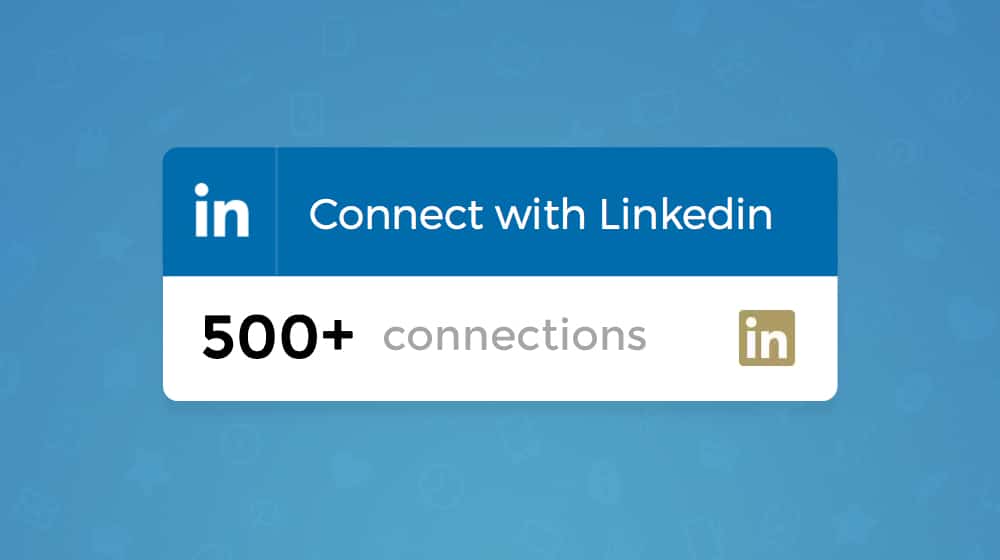
These days, I like LinkedIn quite a bit as a marketing tool. You can establish yourself as a presence, keep an active profile, and use it both as a passive vehicle for lead generation and a channel to reach out to potential businesses, as mentioned in number 9. Plus, if it doesn't work quite as well as you want it to, you can always dial back and use it as a passive social network.
The InMail upgrade lets you send them a message directly, even if you aren't connected with them yet. With InMail, you can only send one message, and there's no way to follow up, so make the first one count. I've successfully attracted the attention of a Fortune 500 company with this method.
LinkedIn has its fair share of spam, the same as any social media marketing platform, but you can cut through the ice if you're smart about it. Try not to write long-winded messages; that's what everybody else is doing. Keep it short, and give them a reason to respond. I've found that asking a question tends to yield the most responses and get a conversation started.
Here's a clever trick I've used a couple of times. Think up terms related to your business and service for your target audience. For me, it might be something like "hire a blogger" or "need a content marketer." Then, set up recurring searches, search monitoring, Google alerts, and similar tracking. Check these every few days.
The goal is to find people who post on social media – Twitter is great for this and expresses a need for your services. Reach out to them and offer yourself as an option.
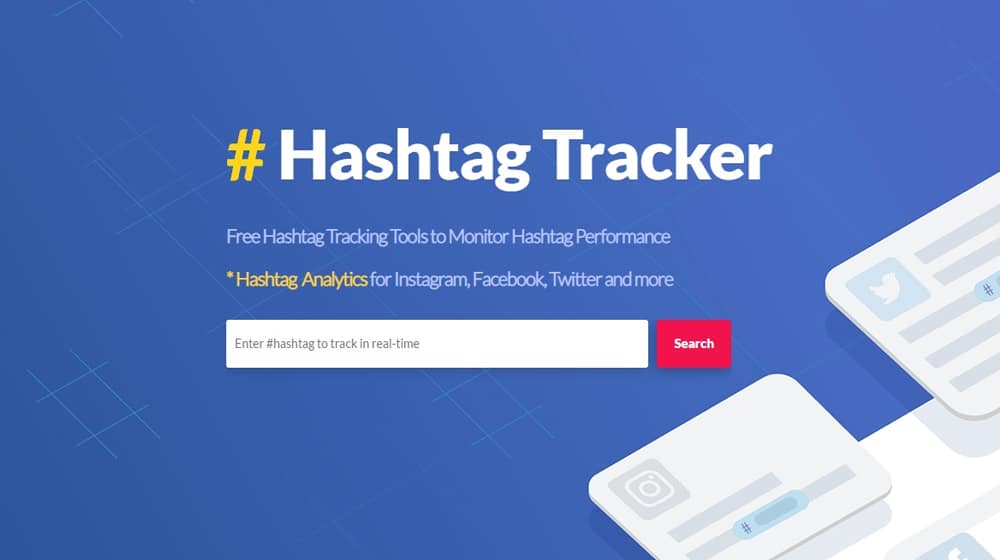
However, there are three things you need to do to make this a successful venture.
- Make sure you're doing it manually to avoid getting caught in a bot trap. It's embarrassing, at best, to say "hey, you can hire me" to someone who is talking about "[hiring a blog manager] is a waste of time."
- Consider having alternatives to recommend to the people who aren't quite right for your business. For example, if I reach out to people with my service, I could offer a lower-priced option for those without the budget to hire me or a higher-scale version for people who are too big for my availability. It makes the target like you more and, if they find themselves more in line with your services, they'll trust you more. Plus, they'll remember you if someone else needs a recommendation.
- Make sure your profile on whatever site you're using (like Twitter) is up to date. It looks pretty suspicious if you register that day to reach out to someone.
Overall, it's a pretty effective technique but requires a lot of personal attention to do right.
4: Publish Case Studies and Testimonials
As an agency, you have clients, and your service helps those clients succeed. Do you know what that is?
That's data.
Everyone loves data. Case studies are some of the best link bait you can produce. Relevant data is incredibly potent, presented in an easy-to-digest and helpful way with conclusions your industry can use. It's even better if it's the kind of data you can repeat every year to show trends, changes, and updates.
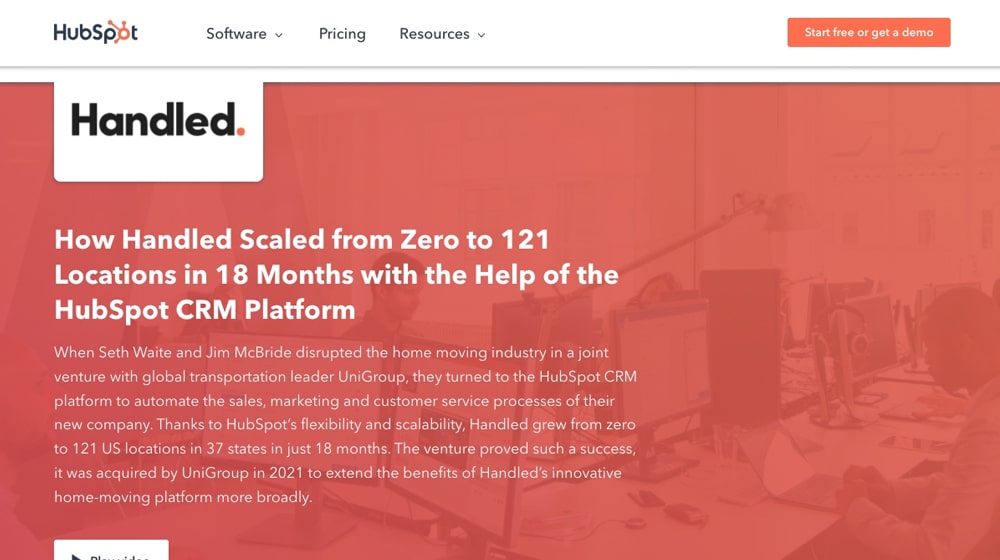
Reviews are also a powerful force for any business. Testimonials aren't quite as valuable as case studies, but they take a lot less time to publish. You can highlight some of your successful partnerships and show what your clients say about your company.
Agencies aren't eCommerce agencies, so we can't show product reviews, but testimonials and case studies are the next best thing and achieve a similar result. Try adding them to your agency's website and show them off to your prospective clients.
3: Regularly Conduct Expert Interviews and Round-Ups
One issue a lot of agencies have is operating behind the scenes. You might not be that visible, especially if your clients are the ones hogging the spotlight.
One way to draw attention to yourself is to bring in experts to discuss. You can pick a single receptive authority figure and conduct a one-on-one interview, or you can send out a single question and harvest answers from dozens of experts. Both are great options to attract inbound links and traffic, especially if it's a relevant topic at the right time.
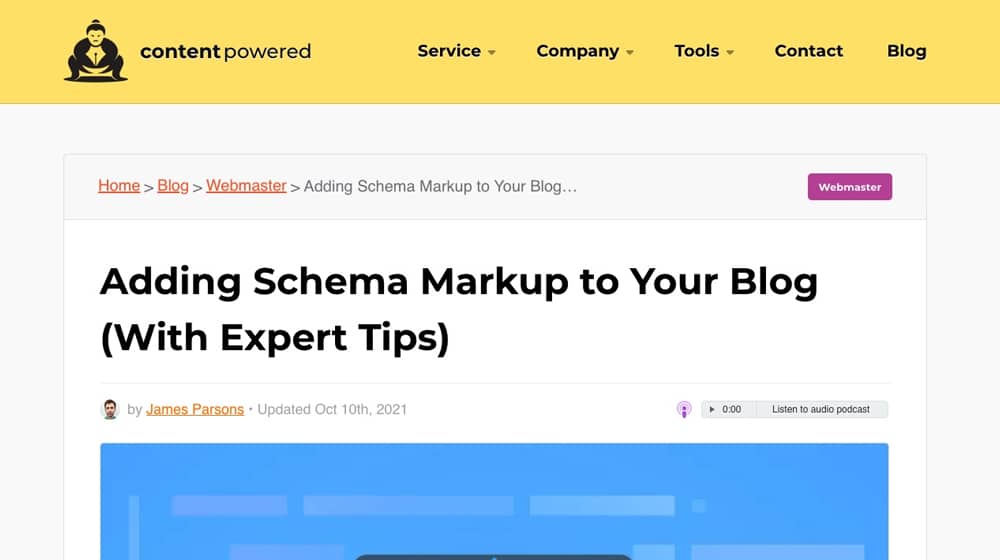
You can find an example of an expert round-up on one of my blog posts:
2: Develop High-Value Resource Pages
You've heard of evergreen content; a resource page is an evergreen content piece on steroids. A high-quality resource page can be a link magnet, especially if you keep it up to date, and people will keep coming back to it for years. It takes the quality-over-quantity argument to the extreme.
It works, too. One of the best resource sites I can think of is Backlinko, and Brian Dean has just a few hundred pages on that domain as a whole, and yet he outperforms sites with hundreds of thousands of pages.
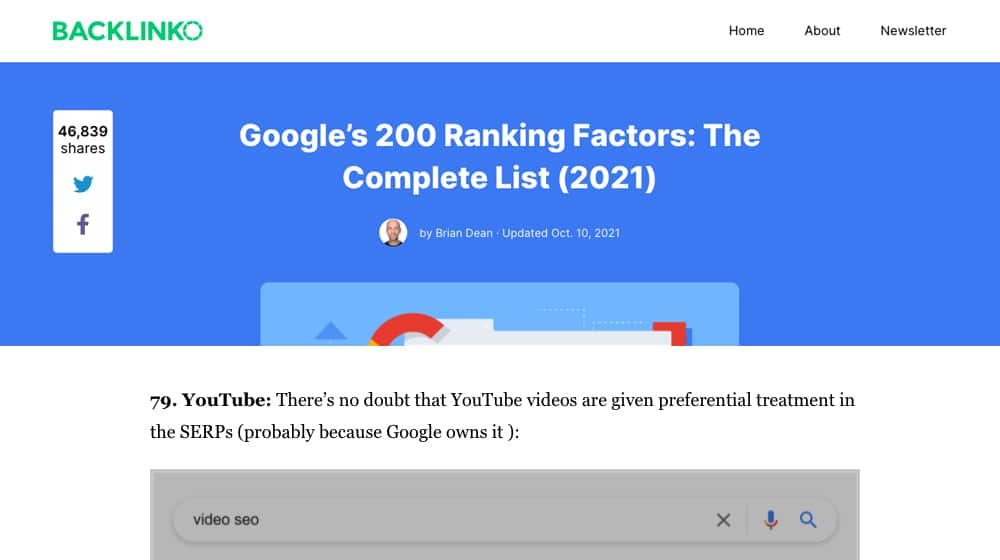
It's the 80/20 rule; anything that doesn't perform is culled, rewritten, and expanded upon until it does.
1: Run a Blog
Blogging is the key to modern marketing success. It's a ton of work, and it takes a little bit of time to start working, but it's also very effective. You'll also be hard-pressed to find a better long-term marketing investment. Don't believe me? Let's talk about it.
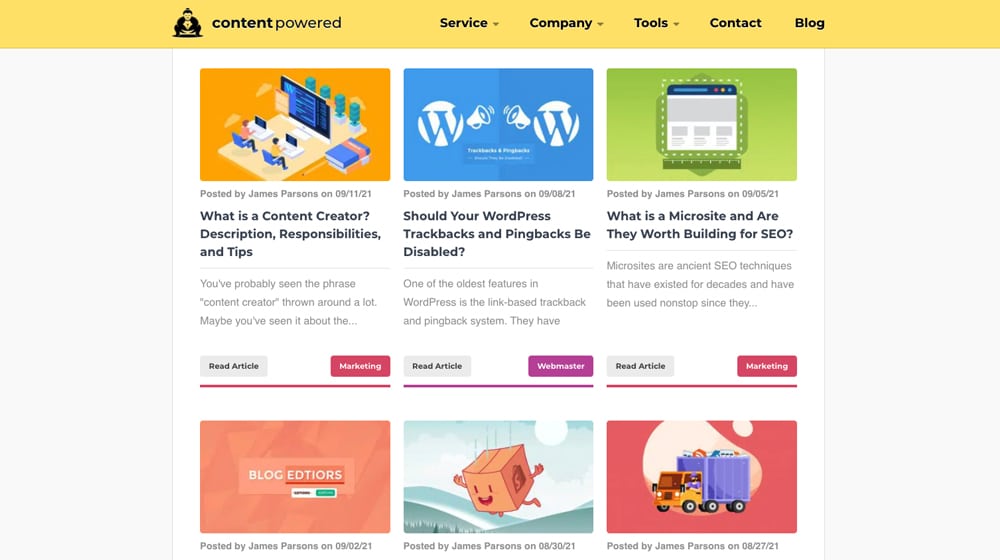
What are your favorite ways to drum up new leads for your agency? Is your company a B2B marketing agency or B2C? Do you have any questions about any of these tips in particular? Please let me know in the comments section - I'd love to hear from you.



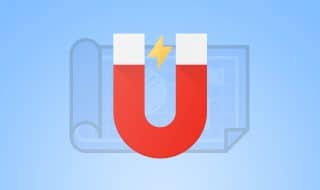

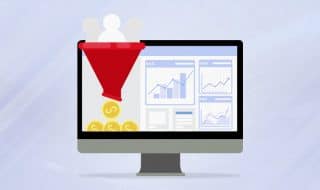


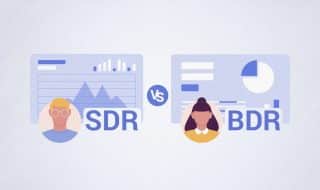

January 19, 2022
Thanks for the tips! Creating a podcast seems to be very tedious but I've been recently leaning into that idea. It really does seem like a great way to improve our web presence.
January 21, 2022
Thanks, Fred!
I'm going to give it a shot myself pretty soon.
The first one is probably pretty nerve-racking but like anything else, you lean into it, and it gets easier with time 🙂